In 2025, indoor cannabis cultivation continues to evolve with advanced lighting technologies designed to boost plant growth, potency, and yield. Choosing the right lighting system is one of the most critical decisions for growers, as it directly influences photosynthesis, bud development, and overall plant health. The best setups balance energy efficiency, light spectrum quality, and heat output, ensuring optimal growth across all stages. Modern cultivators can choose from a variety of systems, including high-performance LEDs, traditional high-pressure sodium (HPS) lamps, and full-spectrum hybrid solutions. Each system comes with unique benefits, making the choice dependent on grow space size, budget, and cultivation goals. By understanding the strengths of each lighting option, growers can tailor their setups for maximum efficiency and plant performance, whether they are operating a small home grow or managing a large-scale indoor facility.
LED Lighting: Efficiency and Full Spectrum Performance
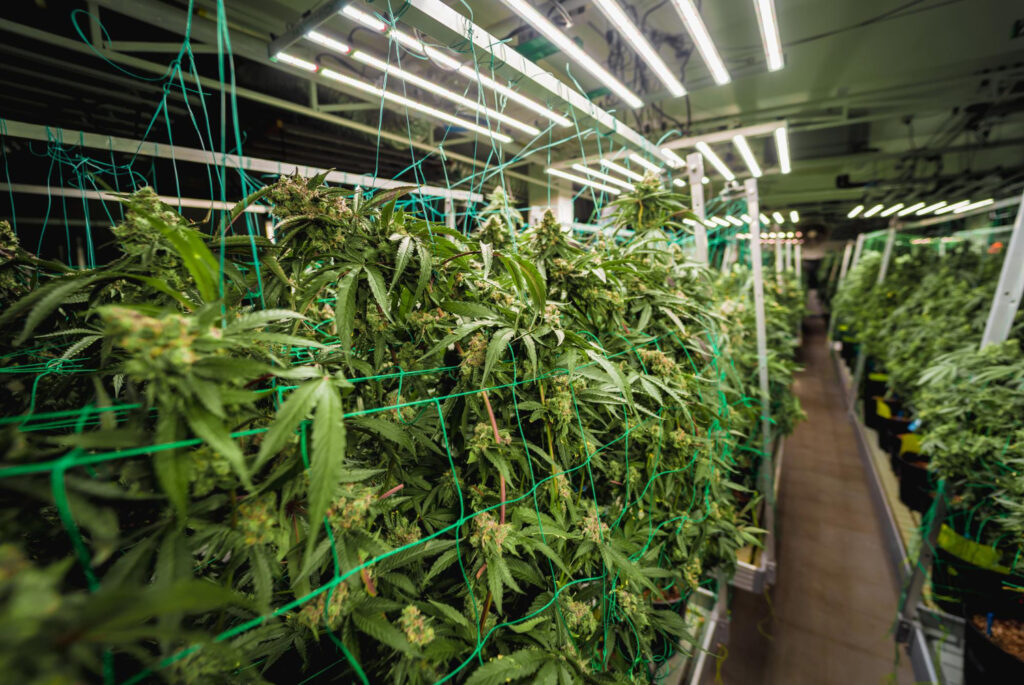
LED technology has become the top choice for many cannabis growers in 2025 due to its energy efficiency, low heat output, and customizable light spectrums. High-quality LED panels can deliver precise wavelengths tailored for different growth stages, from vegetative to flowering. Their low heat generation allows growers to place lights closer to plants without causing burn, optimizing light penetration and canopy coverage. While premium LED systems require a higher initial investment, they often lead to lower long-term energy costs and reduced cooling requirements. Many modern LEDs also feature adjustable spectrum controls, enabling growers to fine-tune light color and intensity to suit specific strains or cultivation goals. With improved diode efficiency and longer lifespans compared to older models, LEDs have become a reliable, high-performance option for both hobbyists and professional cultivators looking to maximize yield and cannabinoid content.
HPS Lighting: Proven Power for Flowering
High-pressure sodium (HPS) lighting remains a staple in cannabis cultivation, particularly valued for its powerful output during the flowering stage. Known for producing intense light in the red-orange spectrum, HPS systems stimulate dense bud development and high yields. They are often paired with metal halide (MH) lamps, which provide the blue spectrum needed for the vegetative stage, creating a balanced lighting cycle. While HPS lights are generally more affordable upfront than LEDs, they consume more electricity and produce more heat, requiring adequate ventilation and cooling. For large-scale grows or cultivators seeking a time-tested, high-yielding option, HPS systems still hold strong appeal in 2025. Many growers integrate them into hybrid setups, combining HPS intensity with LED spectrum control to achieve both quality and quantity in their harvests.
Hybrid and Full-Spectrum Solutions
Hybrid lighting systems combine the benefits of different technologies, offering a tailored approach to cannabis cultivation. A common setup in 2025 involves using LEDs for their spectrum control and efficiency during the vegetative stage, then supplementing with HPS lighting for the intense energy needed in flowering. Full-spectrum LED fixtures are also increasingly popular, providing a balanced light profile that supports all stages of growth without the need to swap fixtures. These systems can be especially useful for growers looking to simplify operations and minimize equipment changes between stages. Hybrid setups are favored by commercial growers aiming to optimize both terpene profiles and bud density, while maintaining energy efficiency. The flexibility of combining multiple light sources allows for precise environmental control, which is essential for consistent, high-quality yields.
Choosing the Right System for Your Grow
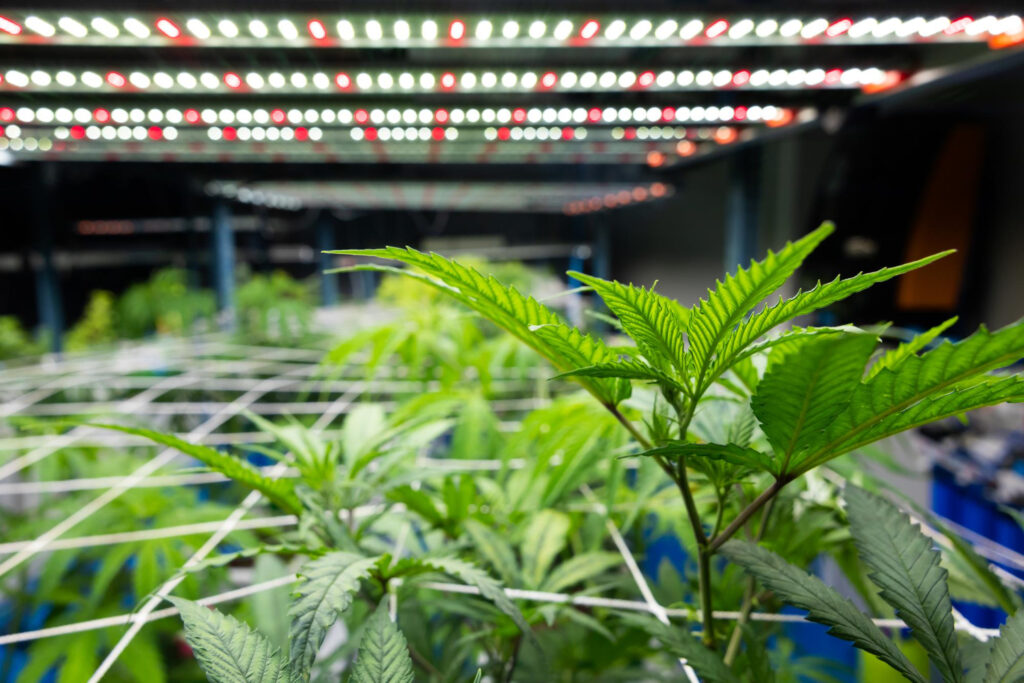
Selecting the best lighting system for indoor cannabis cultivation in 2025 depends on factors such as space size, budget, energy efficiency goals, and desired yield quality. Small-scale home growers may prefer modern LED panels for their ease of use and low maintenance, while larger operations might benefit from hybrid systems that balance efficiency with flowering intensity. Evaluating the heat output, spectrum coverage, and long-term operating costs will help ensure your lighting setup supports healthy, robust plants throughout their lifecycle. In an increasingly competitive cultivation market, investing in the right lighting system is not just about plant growth—it’s about achieving consistent results, maximizing returns, and maintaining product quality that meets consumer demand. With the range of options available today, every grower can find a lighting solution that aligns with their cultivation style and goals.
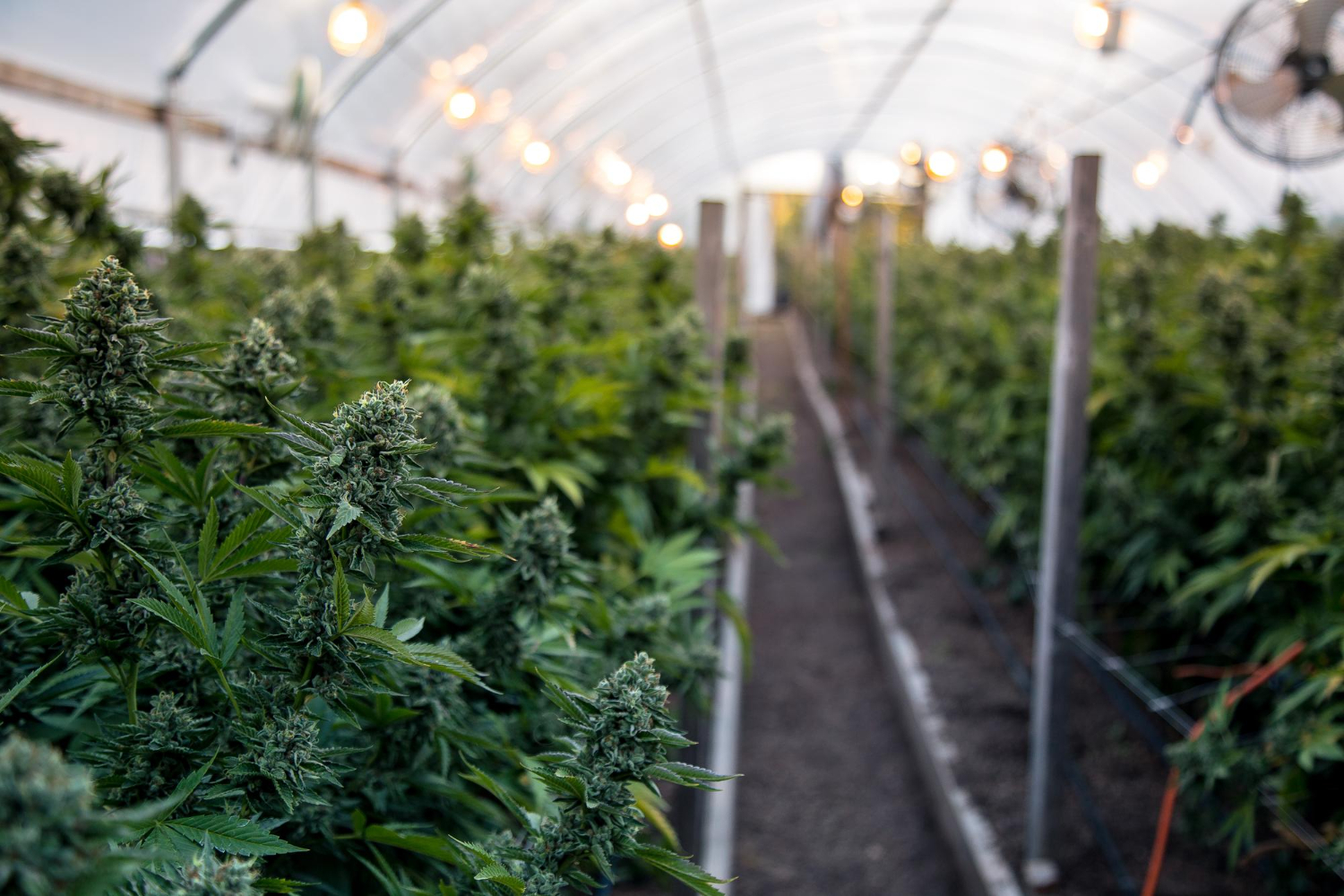
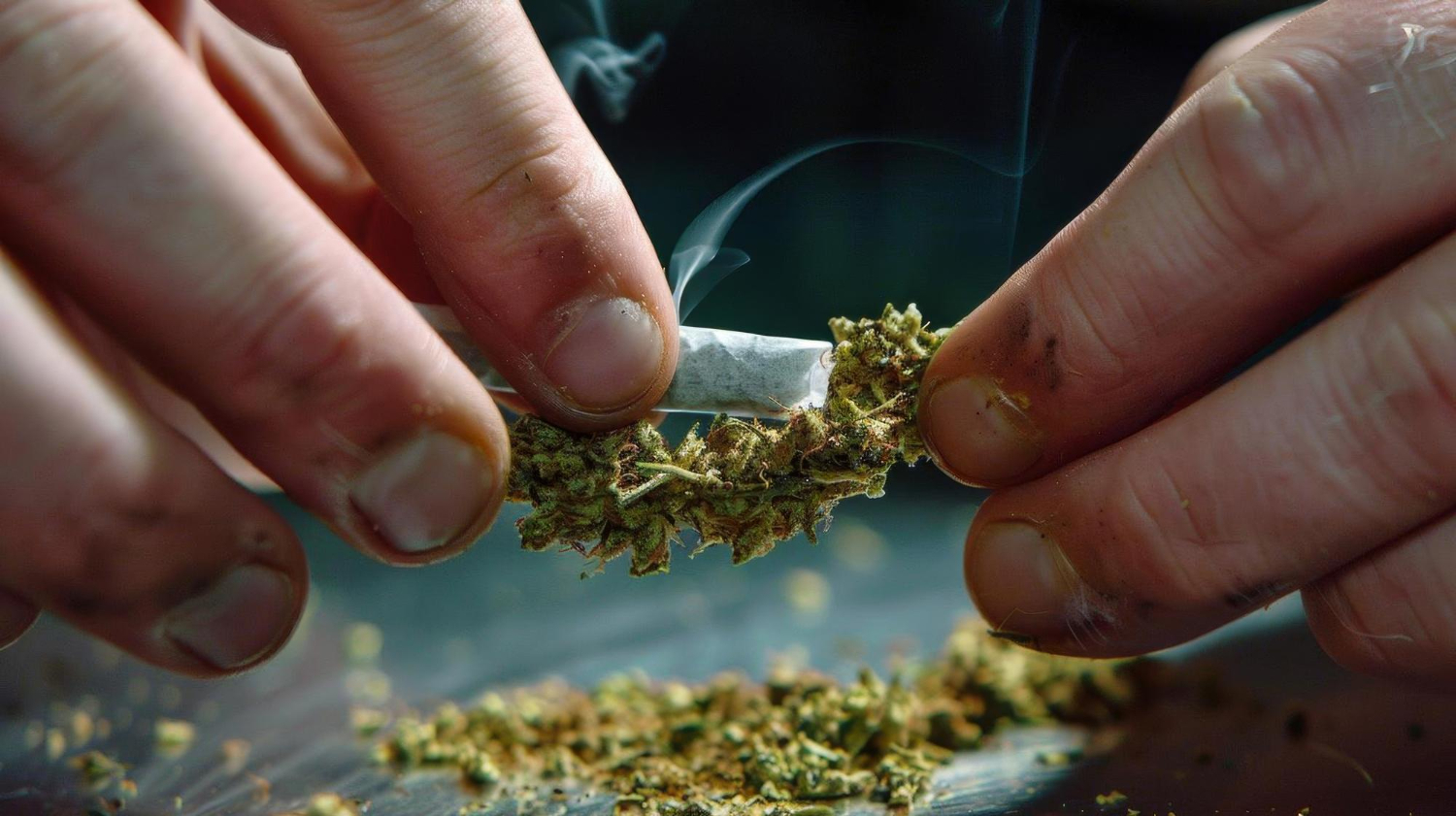
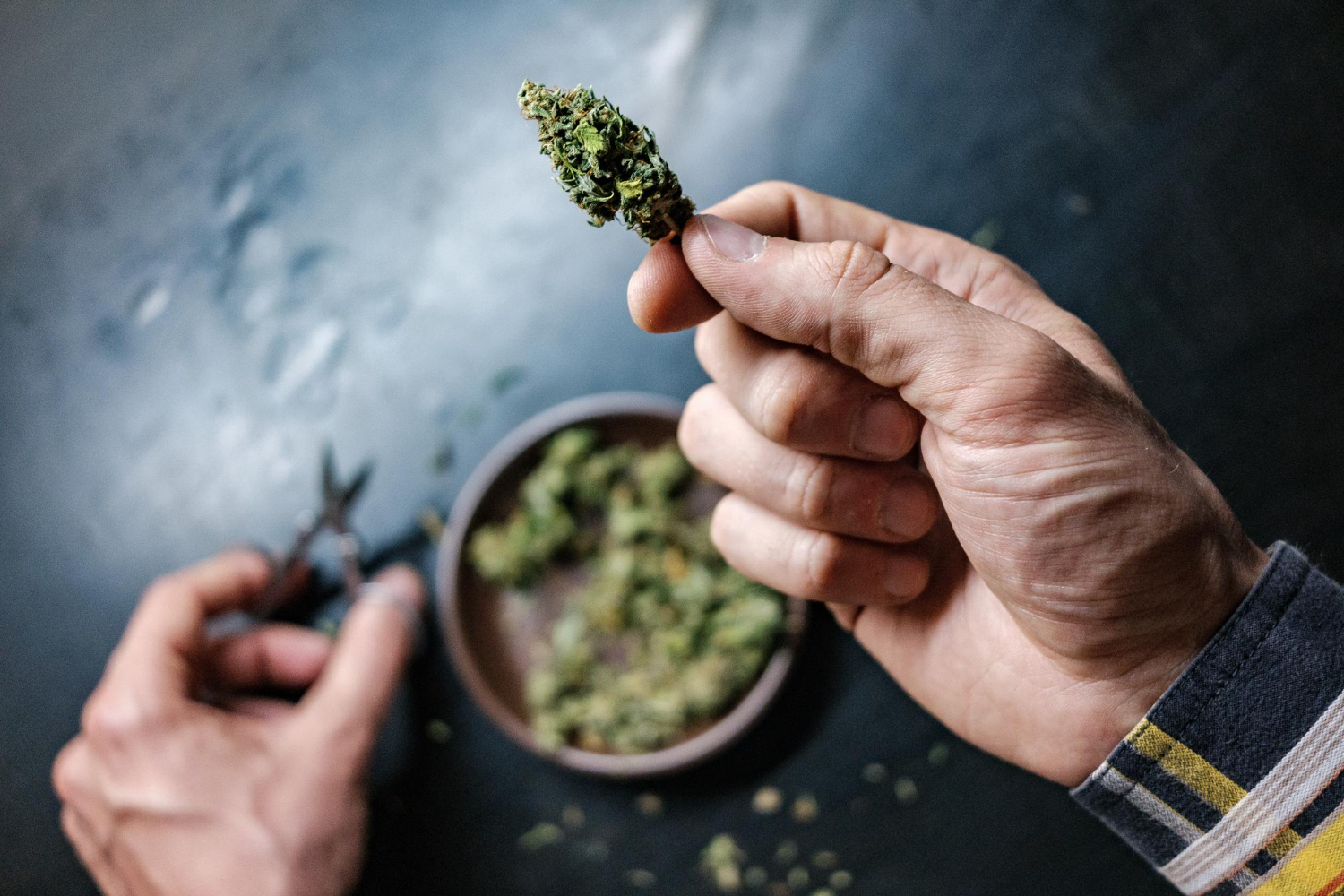
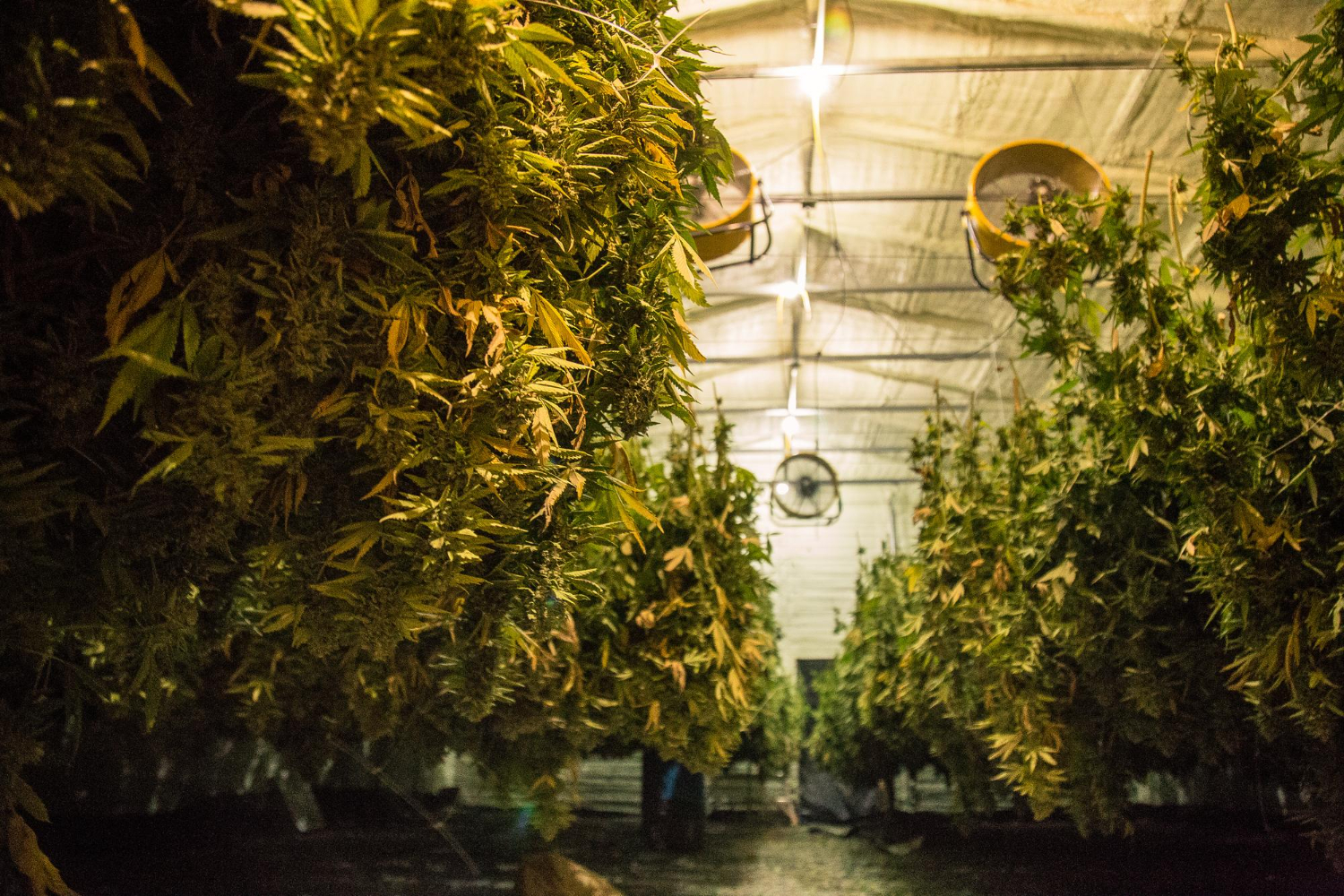

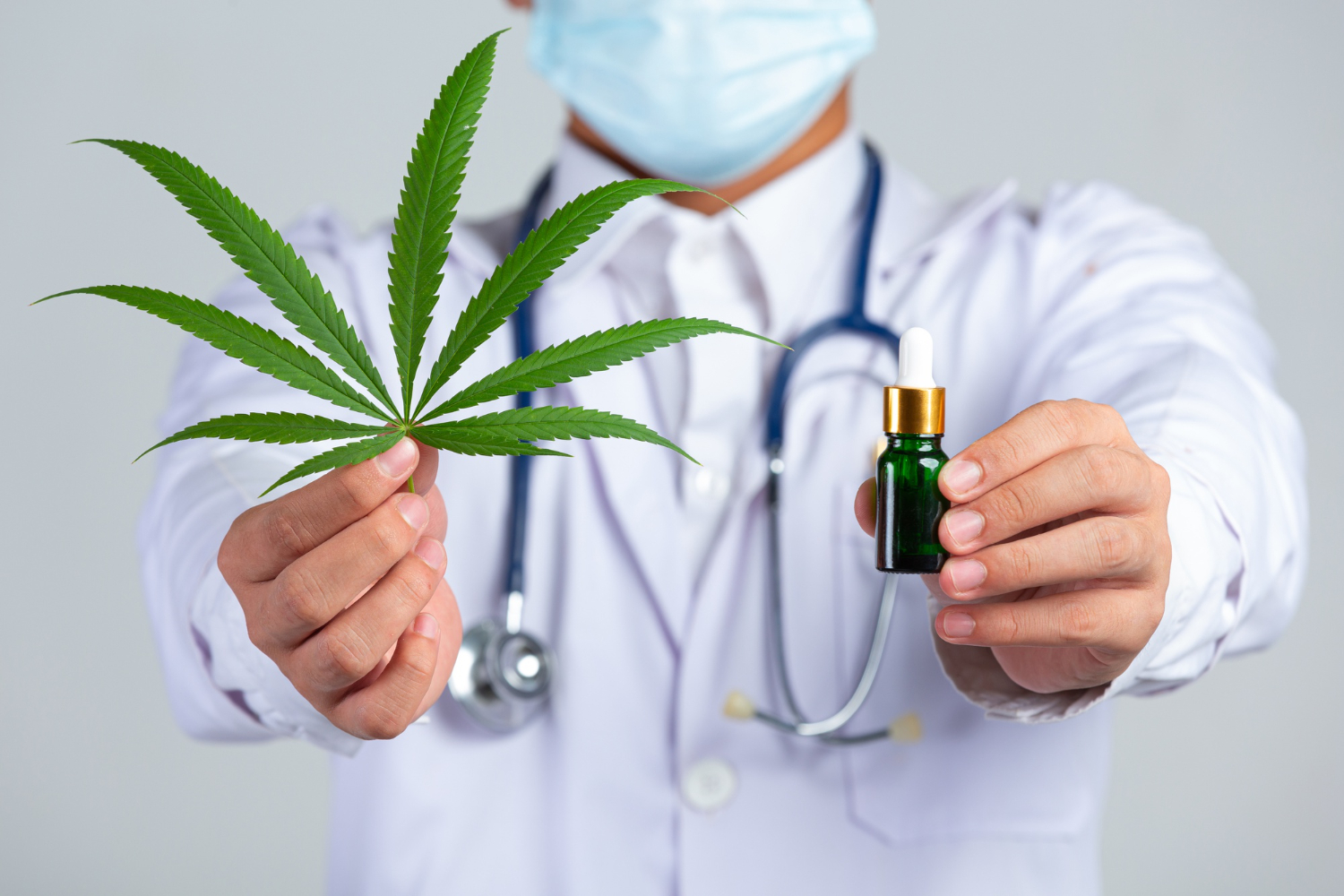
Leave a Reply